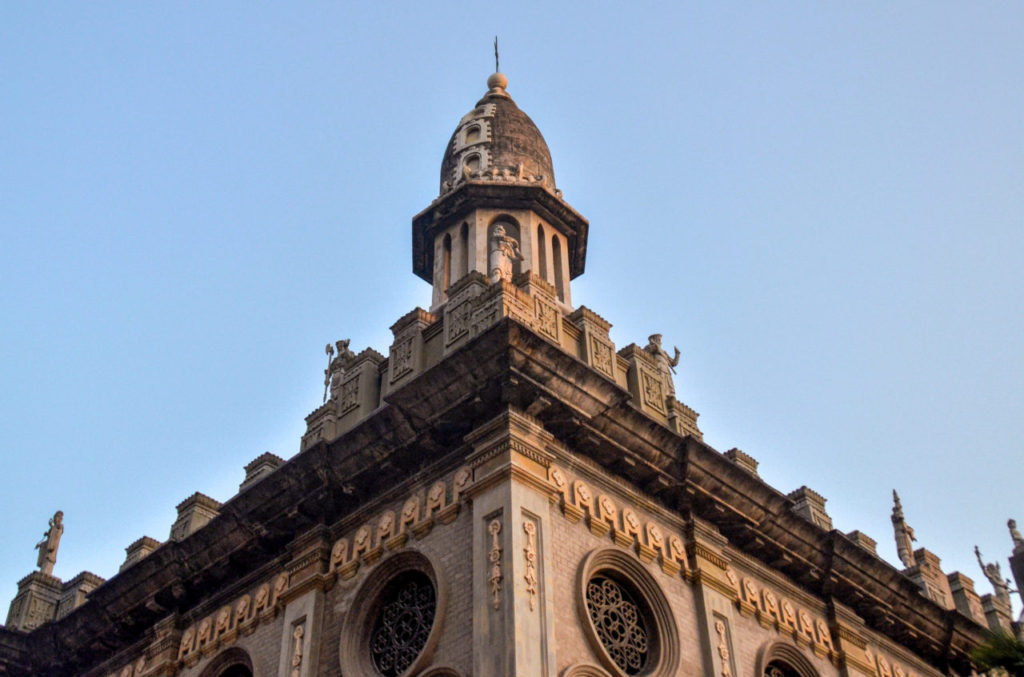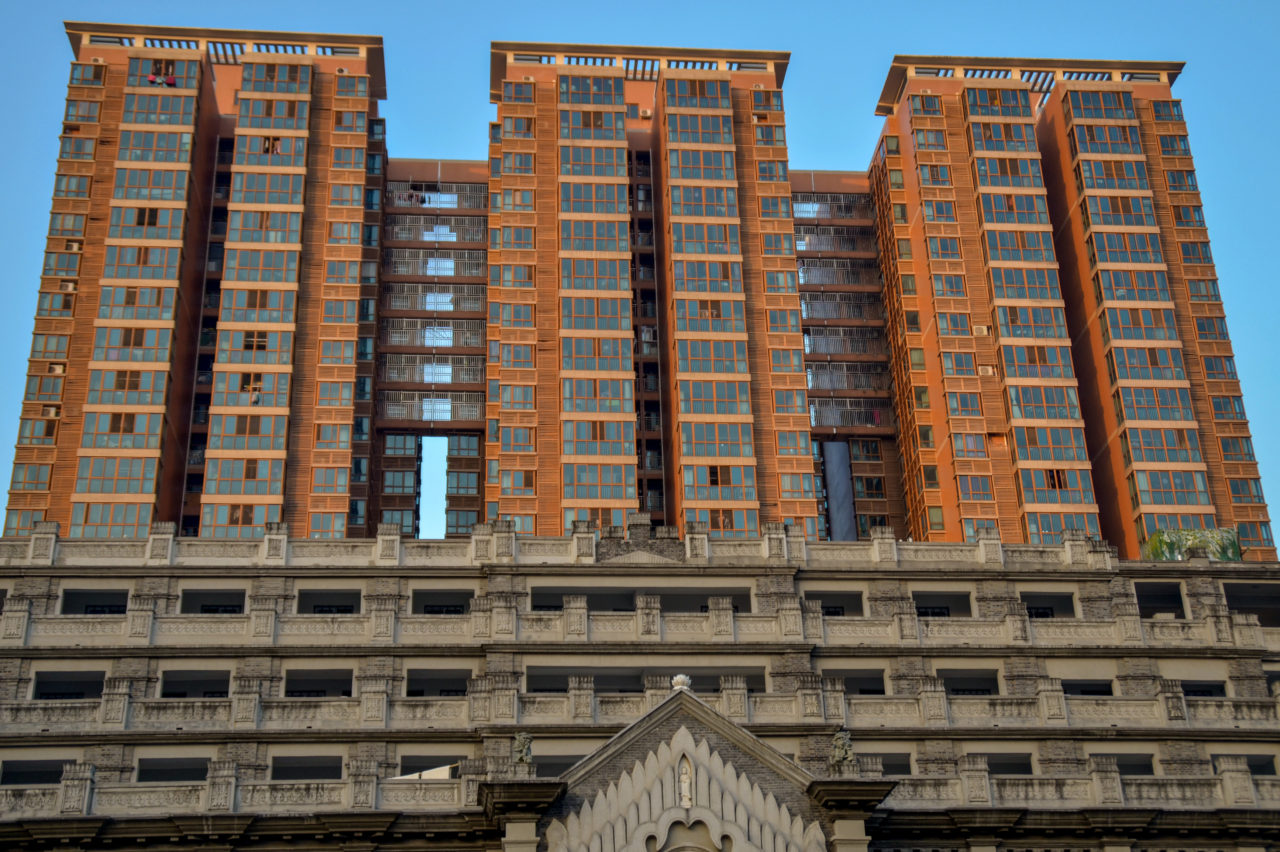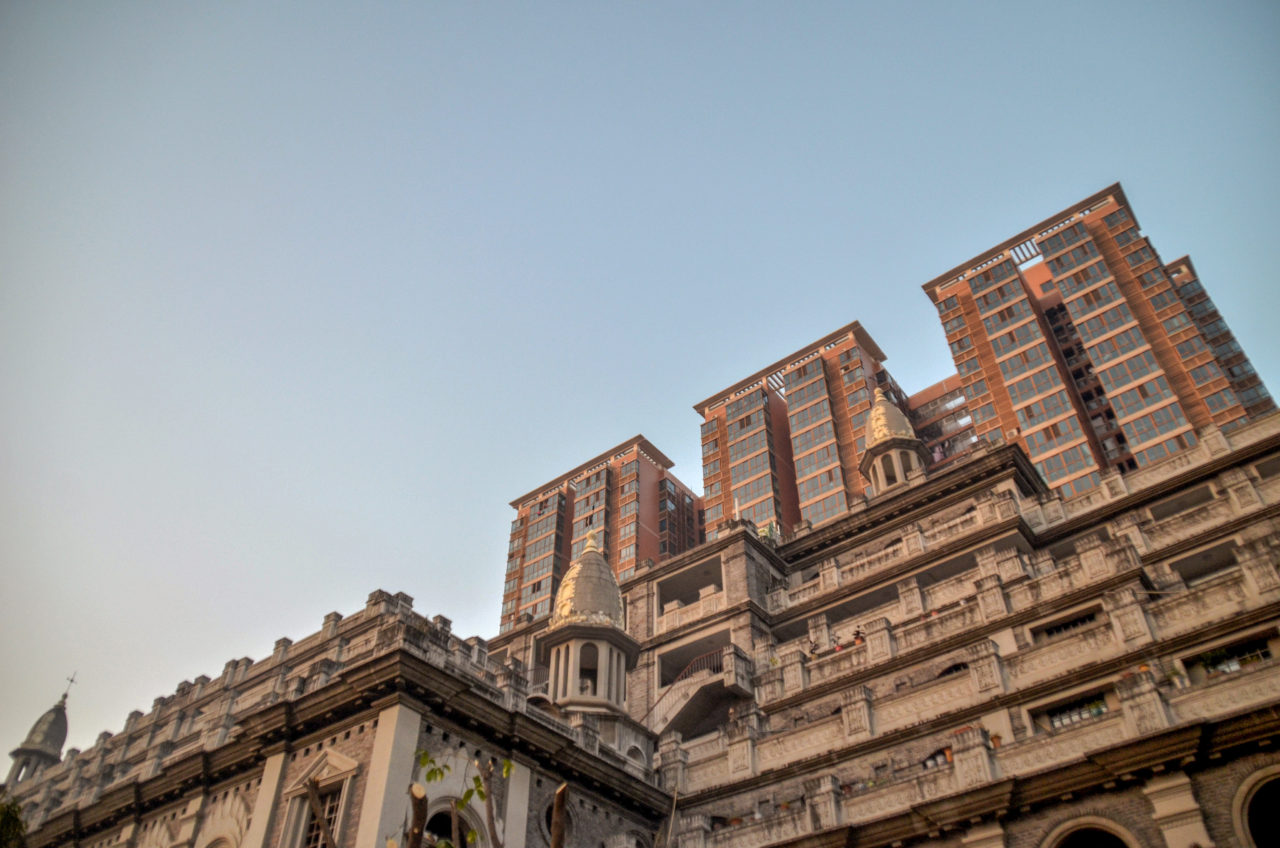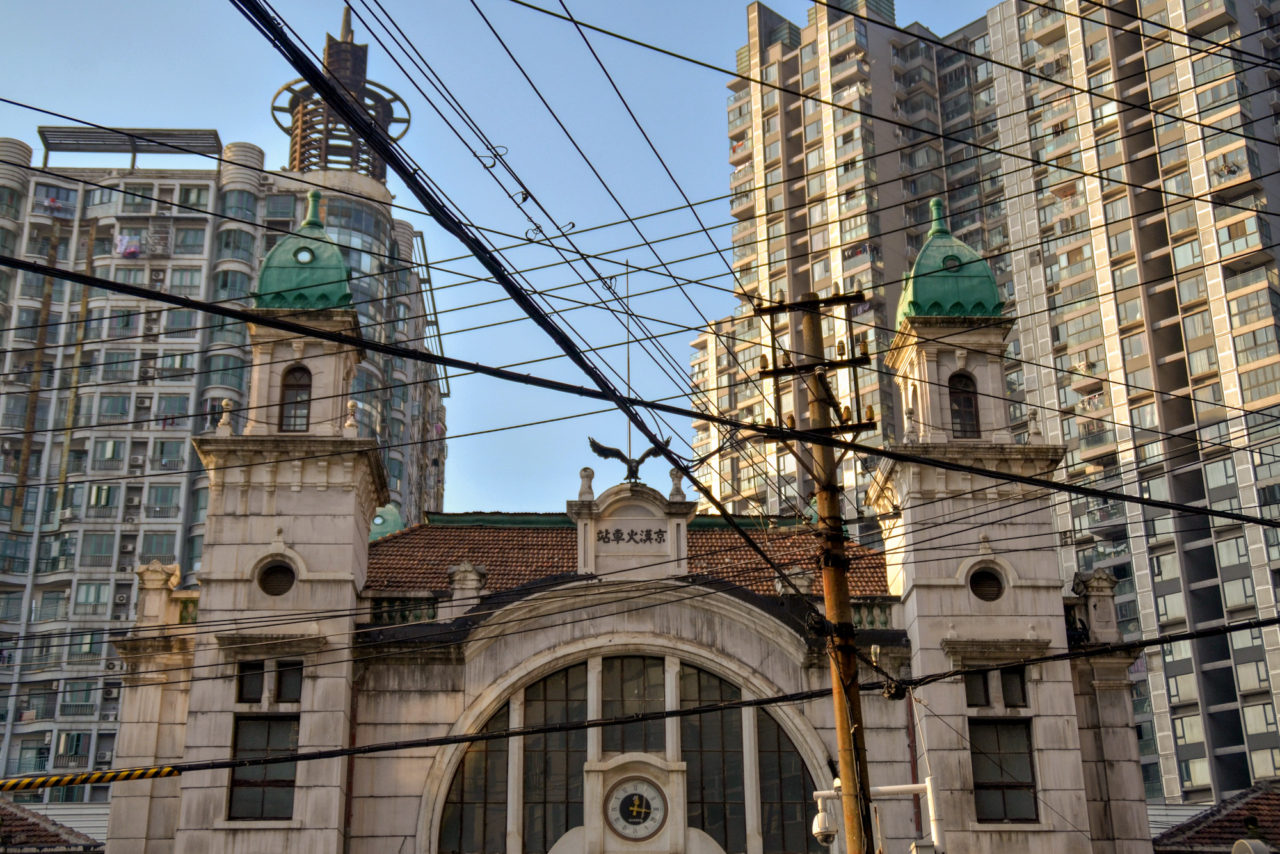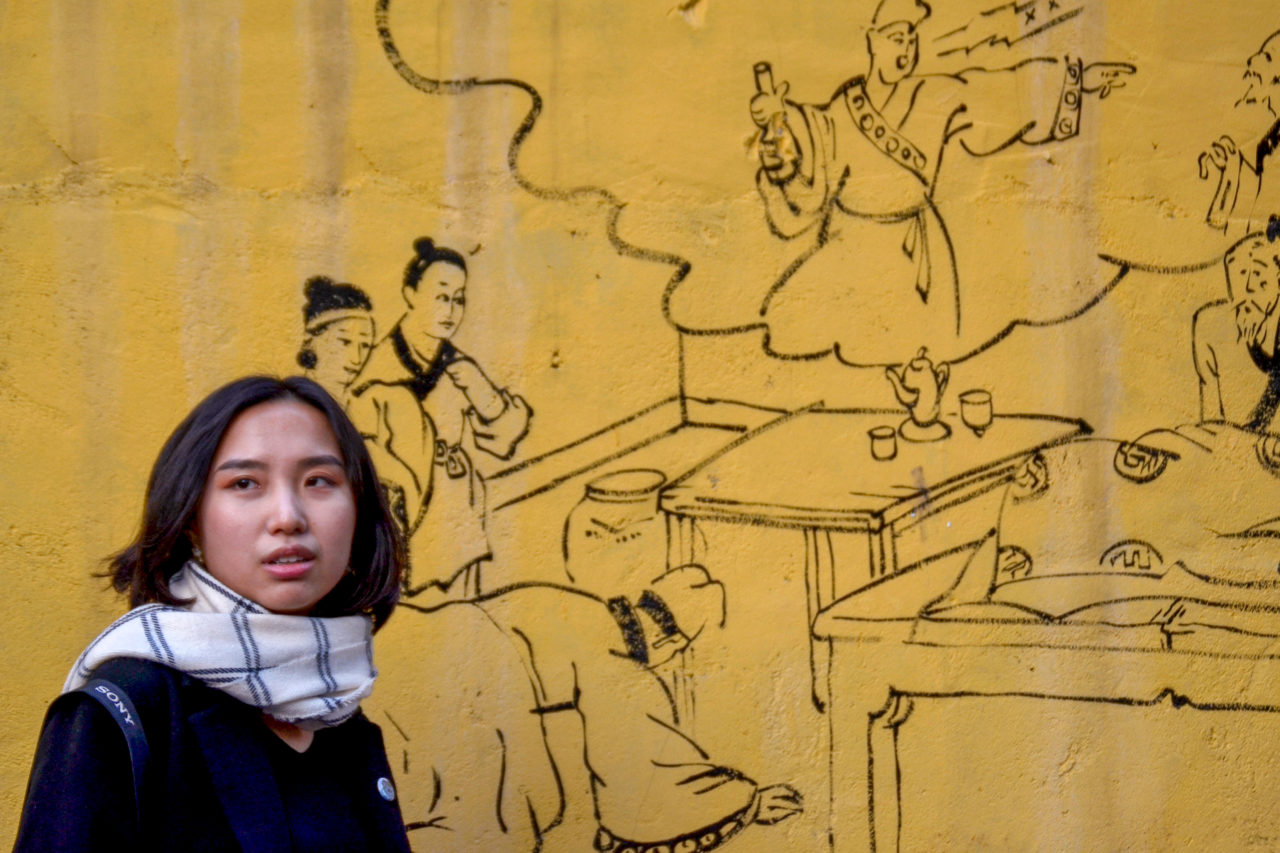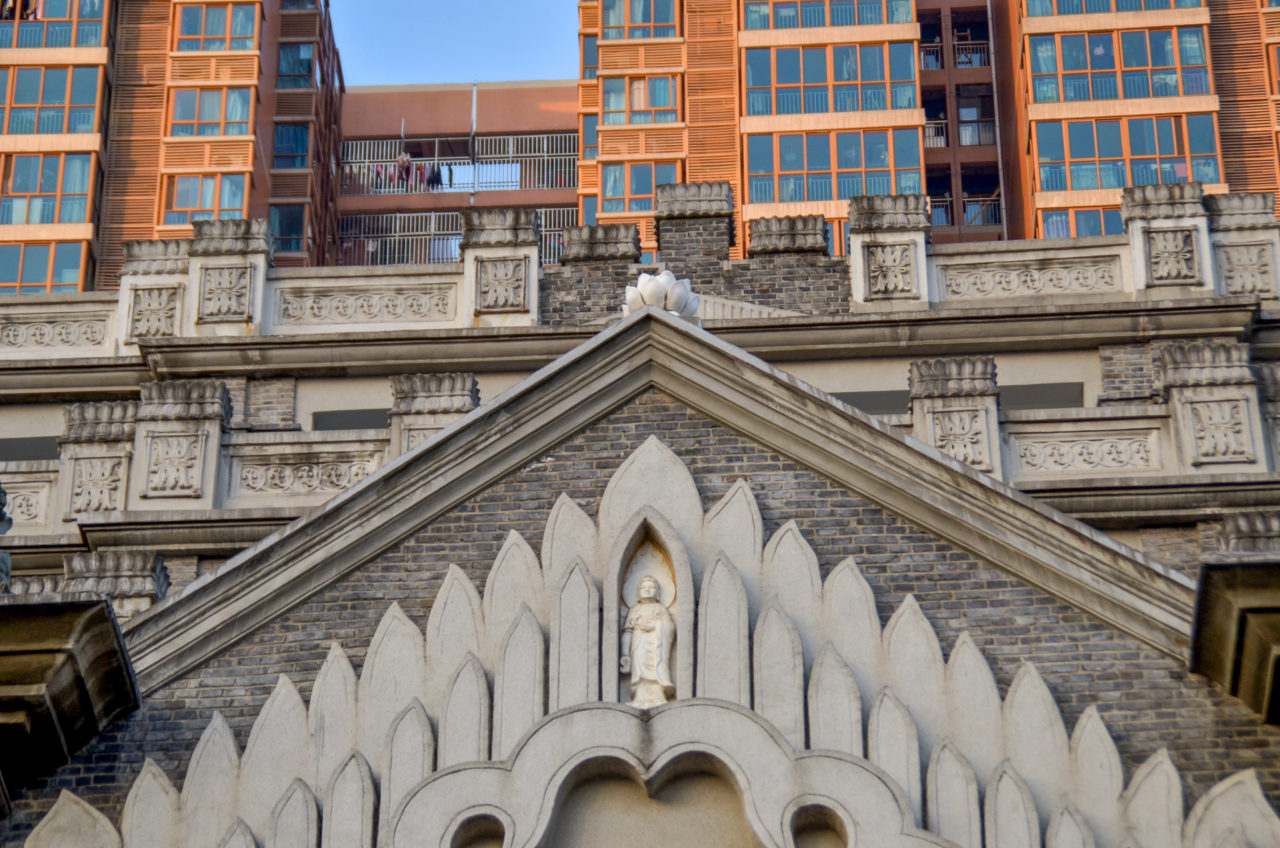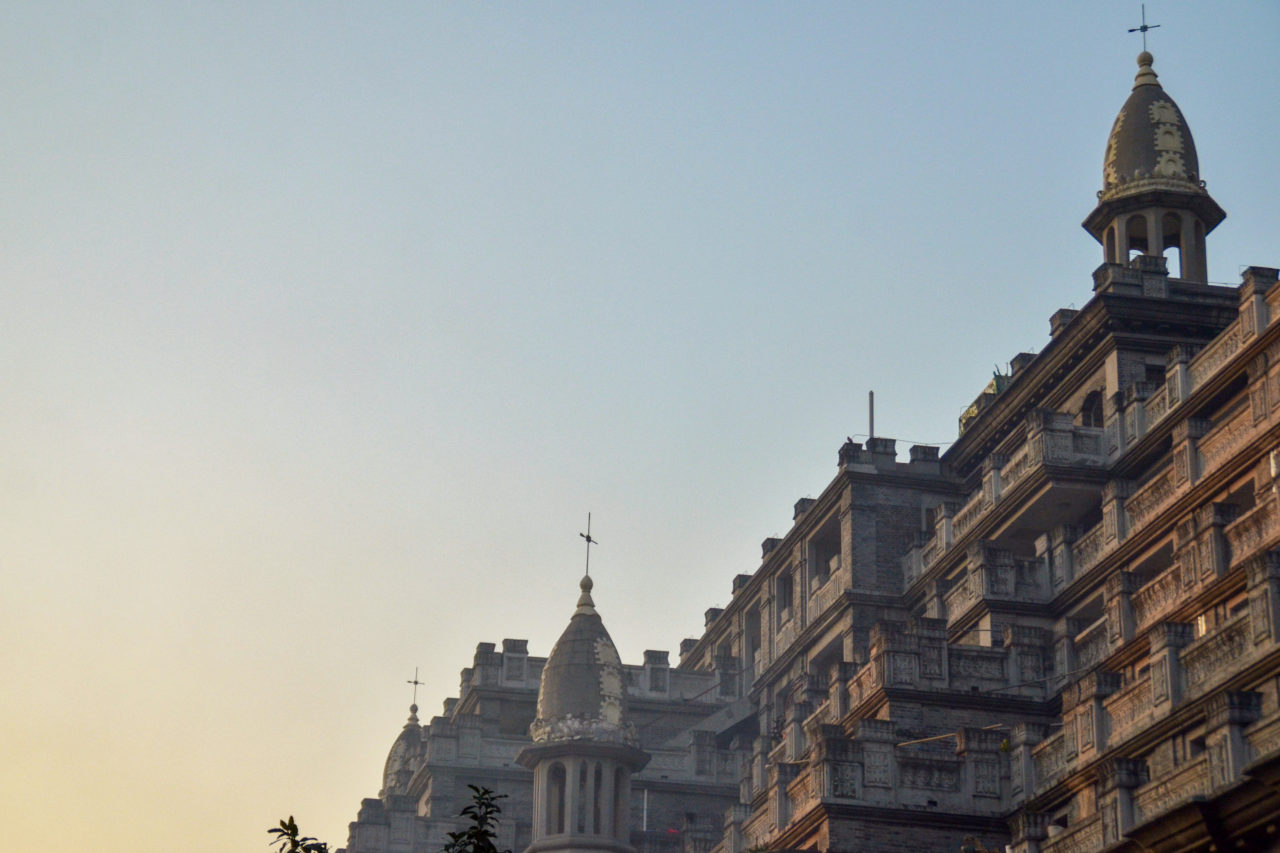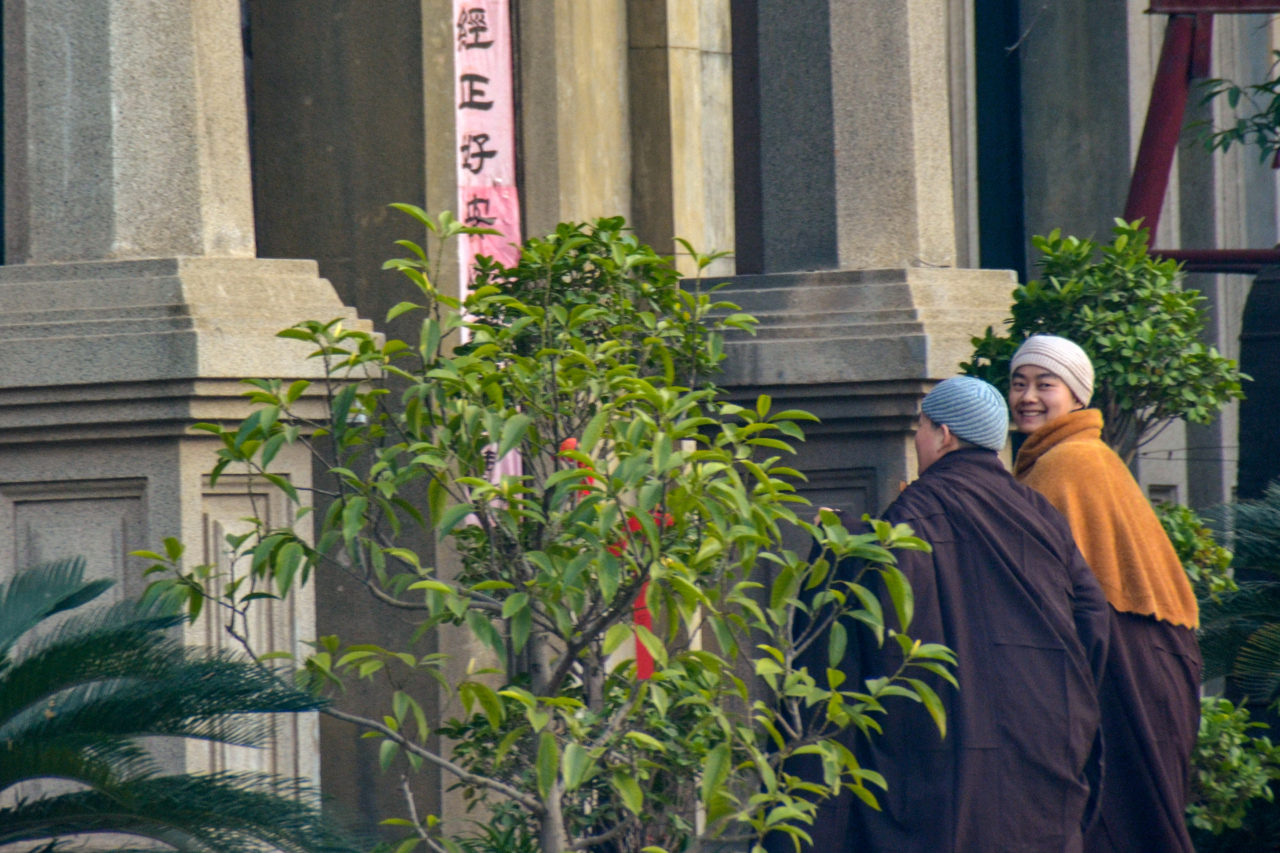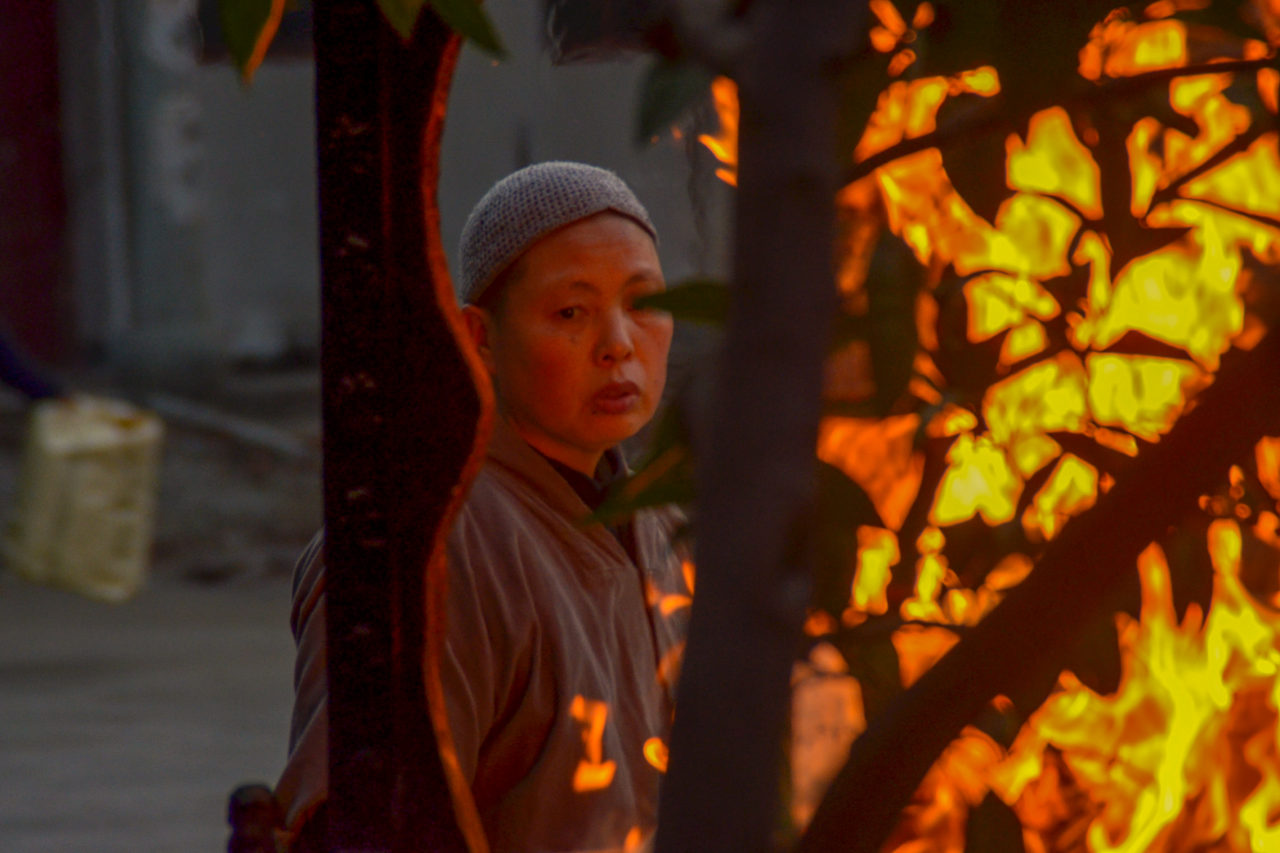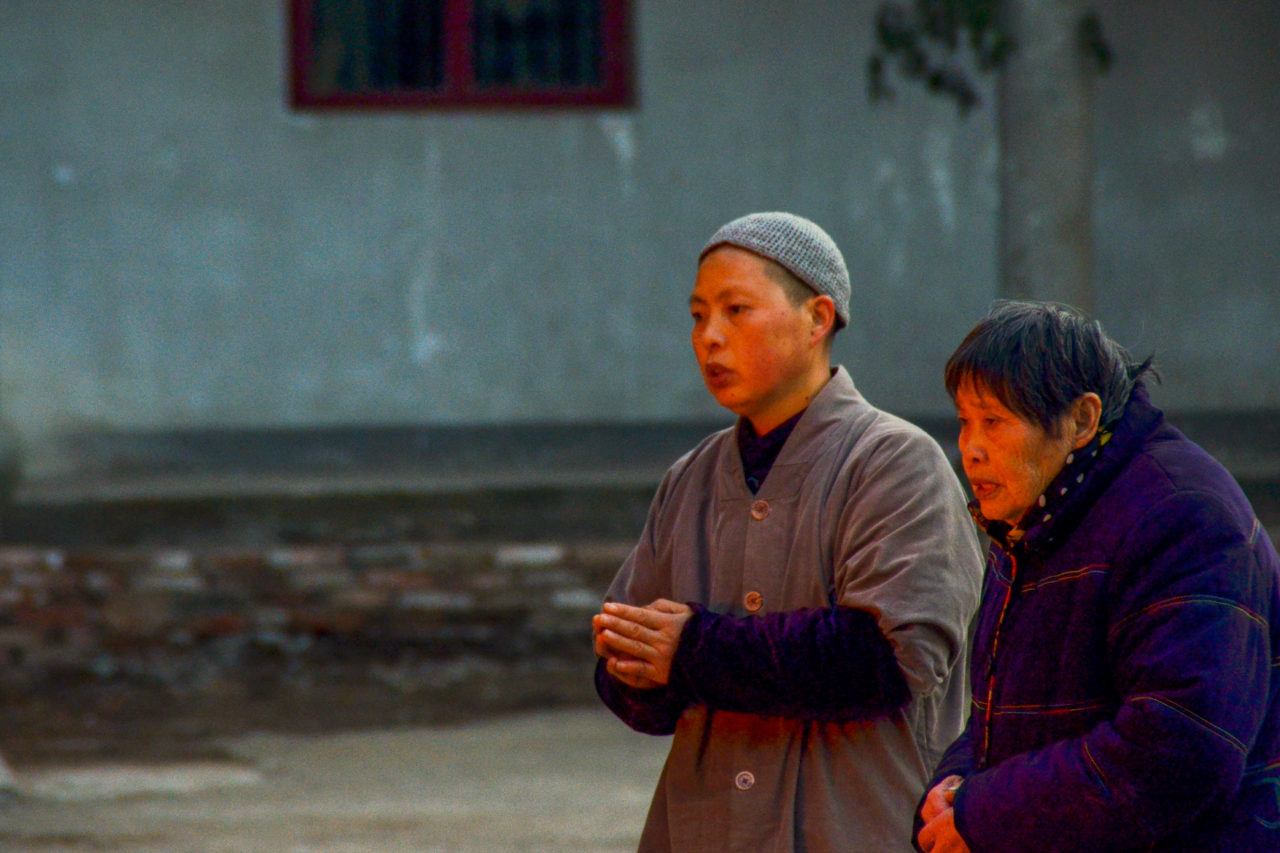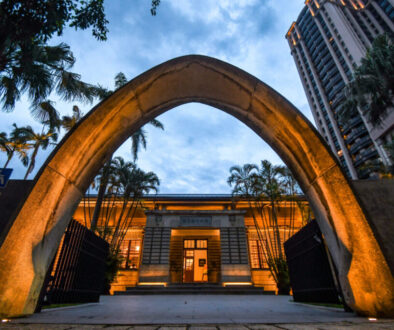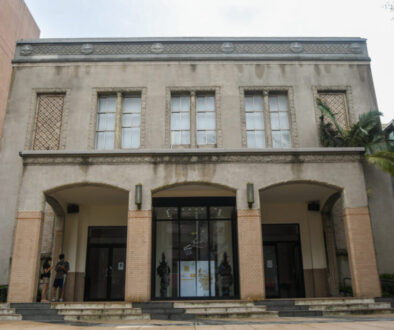Traveling To Gude Temple 古德寺 In Wuhan
Off The Beaten Path in Wuhan
On the surface, tourists may not be able to find a whole lot to captivate their interests while traveling through Wuhan. Unfortunately, it is the local tourism board that fails to unveil all of the cultural relics which are tucked away in the back alleys of Wuhan. One of the temples which is often overlooked is Gude Temple (古德寺).
Having traveled in China for a while, you are sure to have seen the same old temples over and over again. With massive courtyards, blood-red pillars, and gleaming statues of the Buddha. It is easy to get “templed out” while traveling through China.
Wuhan has plenty of its own classical Chinese temples to offer travelers. It also has one temple which stands out from the crowd with its unique architecture and offbeat charm. This temple is the nunnery of Gude Temple.
While most of the major tourist attractions in Wuhan are situated around Hubu Snack Street and the Yangzi River Bridge in Wuchang, Gude Temple is hidden across the river in Hankou.
Want to read about more places to explore in Wuhan? You can find my complete guide here!
How To Get To Gude Temple
The most direct way to get to Gude Temple is to take the metro line 1 to Toudao Road Station (头道街站), from there it is just a 1.5 km walk to the temple.
Another option would be to take bus 548 from Jianghan Second Road Nanjing Road Station (江汉二路南京路站). This bus stop is near the metro line 1’s Xunlimen Station (循礼门站). Then take the bus all the way to Huangpudajie Gongnongbing Road(黄浦大街工农兵路站) and walk the 0.5 km to the gates of the temple. This is by far the most direct route to the temple and doesn’t require you to navigate through any back alleys.
The bus or metro should cost only about 2-3 yen (0.5 USD) and it is free to enter Gude Temple.
Want to get really off the beaten path in Wuhan? Be sure not to miss the historic suburb of Huanghualao!
Where East Meets West
From the second you step foot through the gates into Gude Temple, the difference between the architecture with any other classical Chinese temple is astounding. The curved terracotta roofs and red columns are abandoned for a style which blends traditional European Gothic design with Chinese imagery.
This stone grey ornate temple has gone through several changes since its initial construction in 1877 during the Qing Dynasty. The original name of the temple was Gude Maopeng Temple (古德茅蓬寺). But after several periods of renovations and expansions between 1914-1919 the name was shortened simply to Gude Temple. While Li Yuanhong (黎元洪) was president of the Republic of China, he even made an inscription into the temple.
Also unlike other temples in China, Gude Temple’s courtyard is fairly open. While traditional houses and temples in China have several halls and courtyards creating a small maze within itself. Gude Temple, on the other hand, just consists of a few buildings all which face out towards the main courtyard.
The Wuhan’s Yellow Crane Tower tops the list of things to do in the city. You can find some of the best views of the tower here!
The Nun’s of Gude Temple
It is unfortunate that many of the temples around China are devoid of any life besides the tourists which frequent the grand halls and massive courtyards. One of the reasons behind the lack of Buddhist devotees is that many of the traditional temples around China have been rebuilt and remodeled to the extent where these cultural relics represent only a mere shell of what they once were.
The scars from the cultural revolution are also still fresh. Although China has made efforts to right the crimes committed during this dark era of history, one can not recover traditions even though the temple walls have been rebuilt.
Most of the temples around Wuhan have met the same fate of many of the other historical sites spread out around China. For a couple of yen, you can wander the courtyards and gaze up at the tranquil visage of the buddhas and deities. But any sense of tradition or spirituality has been long absent from the temple halls.
Want to explore abandoned places off the beaten path in Wuhan? Be sure to check out this abandoned theme park!
Breathing Life Into Gude Temple
Gude Temple is home to many nuns who add a sense of life into the temple. A temple is just a building. No matter how ornate or magnificent the architecture may be, it is the people who give the grand halls meaning.
After prayers, the women draped in flowing brown robes can be seen making their way from the interior of the temple to their quarters. The mere sight of seeing monks or nuns maintaining the temple grounds adds a deeper layer of immersion in Chinese culture. This is something which the decorative walls and elaborate statues alone can not create.
Other than the nuns, it is typically only the elderly which cling to their Buddhist traditions. After decades of indoctrination, most Chinese people consider themselves atheists. Although they may not associate themselves with any organized religion, Chinese people are still highly superstitious. In order to get that job promotion or high marks on an exam, locals will make the pilgrimage to the temple and pray for good fortune.
Sadly, wishing for good luck also dampens the spiritual aspect of a temple. While anyone can burn some joss sticks in front of the watchful eyes of Buddha, there are still several groups of old people who hold on to their true Buddhist traditions. Nuns can be seen in the temple assisting the devout in prayers and burning joss money for the deceased.
Out of all of the religious sites scattered around Wuhan, Gude Temple is not only the most unique. But also the most active. Gude Temple is one of the few places where you will find more genuine Buddhists than fair-weather visitors and selfie-snapping tourists. Although blending elements from both the east and the west, Gude Temple is a place where you can truly see traditional Chinese culture come alive.

